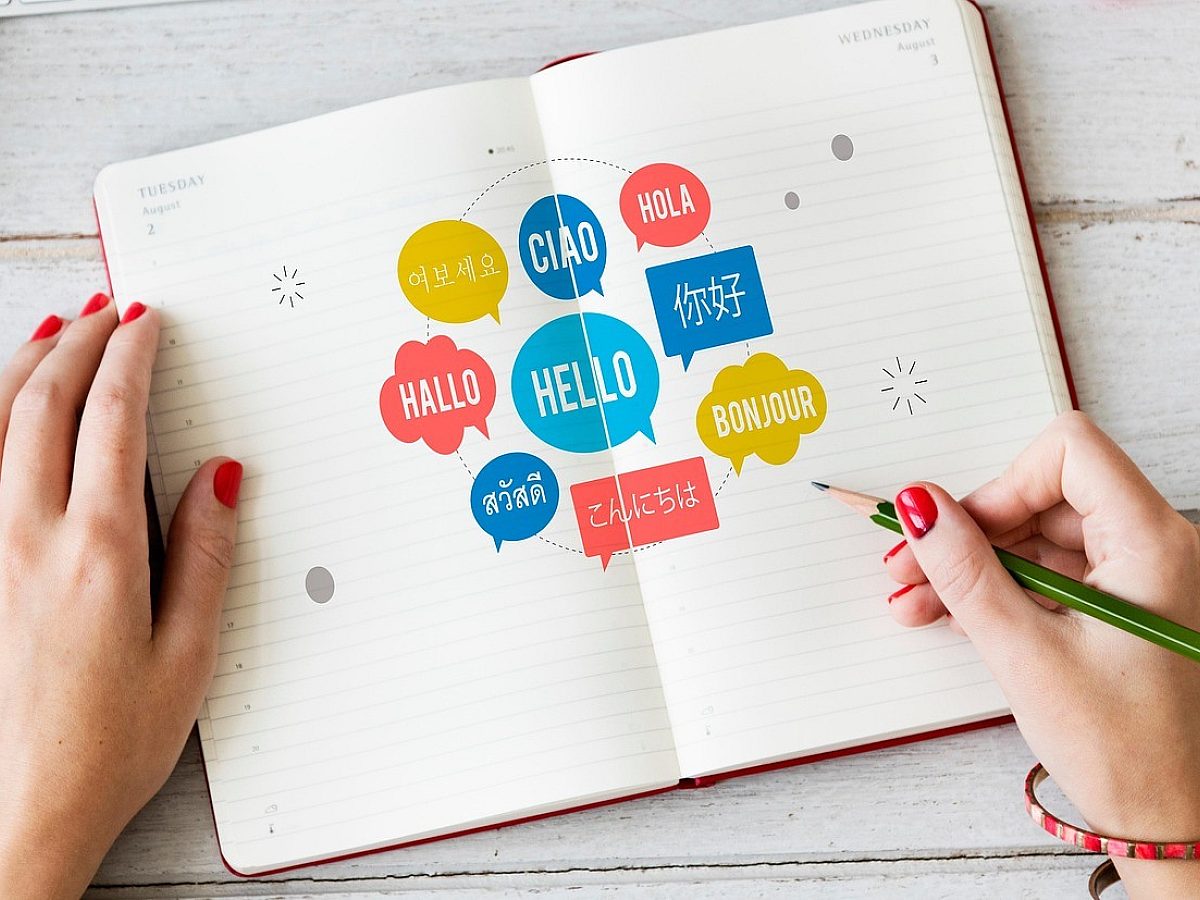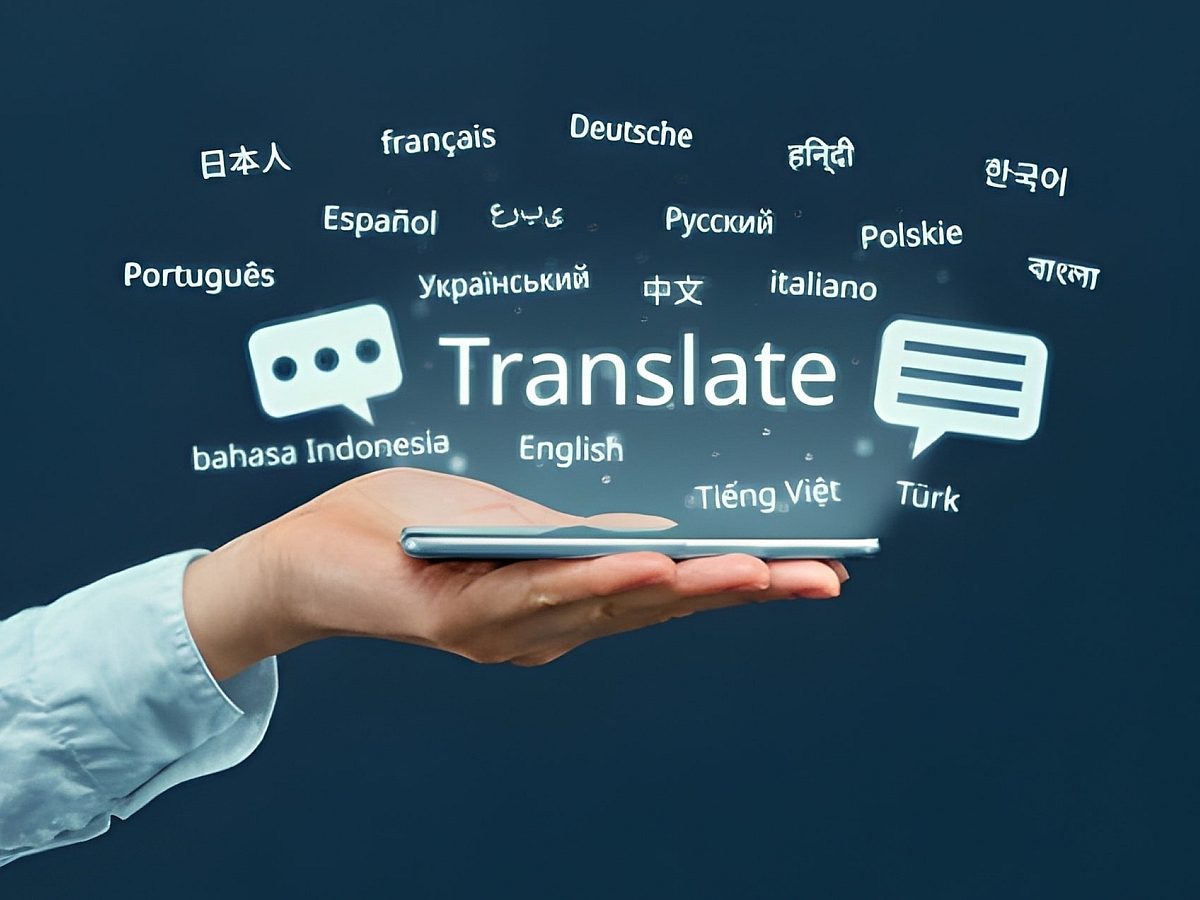How AI Improves Translation Speed Without Replacing Human Expertise
Translation is evolving faster. Businesses want speed, efficiency, and consistency across languages, and AI-powered tools promise exactly that. Translation focuses on meaning, context, and cultural accuracy. That’s why human expertise remains central.
AI speeds up translation but doesn’t replace human linguists. It supports them by handling repetitive tasks, so experts can focus on accuracy and client-specific details.
Faster Translation With AI Assistance
Bulk content translation: Large documents, marketing campaigns, or manuals can be pre-translated quickly.
Consistency: AI maintains uniformity in terminology across hundreds or thousands of documents.
Drafting speed: Linguists can start with AI-generated text and focus on refining tone, idiom, and cultural relevance.
By automating repetitive tasks, AI gives linguists more time to focus on the parts of translation that require judgment, cultural understanding, and expertise.
Maintaining Quality While Speeding Up
AI can translate quickly, but it cannot understand context like a human can. Misunderstood idioms, cultural references, or technical jargon can lead to errors. Human oversight ensures:
Accuracy: Medical, legal, and technical terms are correctly translated.
Cultural relevance: Phrases, examples, and references are adapted for the target audience.
Clarity: Sentences are natural, readable, and aligned with client expectations.
AI alone can’t check whether a translated sentence feels natural in a local market. Human linguists bridge this gap.
How AI Supports Human Translators
AI tools are best used as assistants rather than replacements. Here’s how they complement human expertise:
Terminology management: AI helps maintain a glossary of terms, ensuring consistency across documents.
Translation memory: Previously translated content is stored and suggested in future projects, saving time and reducing errors.
Machine learning corrections: AI learns from edits made by human translators, improving accuracy over time.
Quality assurance support: AI can flag formatting errors, missing segments, or inconsistent terminology before final review.
This approach ensures faster delivery without compromising on the quality that clients expect.
Practical Applications
AI-assisted translation is effective across industries:
Life sciences: Technical documents, regulatory submissions, and patient materials are translated faster, while linguists ensure precision and compliance.
Marketing: Global campaigns can reach audiences quickly, with tone and branding preserved.
eLearning and training: Course materials are localized efficiently, keeping content clear and culturally appropriate.
By combining AI speed with human oversight, companies save time and cost while maintaining trust and reliability.
Steps to Implement AI in Translation
Identify repetitive tasks: Determine which parts of translation can be assisted by AI without risking meaning.
Integrate translation memory tools: Store and reuse previous translations to improve efficiency.
Use AI for first drafts: Human translators refine these drafts, adding context and cultural nuance.
Maintain human quality checks: Always review AI-generated content to ensure accuracy.
Train AI continuously: The more human corrections the AI sees, the better its suggestions become.
This combination of AI and human expertise ensures a balance between speed and quality.
Wolfestone Group’s Balanced Approach
At Wolfestone Group, AI accelerates translation, but our linguists remain at the core of every project. Our process includes:
Professional translators who ensure meaning, tone, and cultural relevance.
AI tools for translation memory, terminology management, and workflow efficiency.
ISO-certified workflows to maintain consistent quality across projects.
Client-focused review to make sure every translation meets expectations and industry standards.
This approach ensures translations are fast without compromising accuracy.
Final Word
Translation can be faster with AI, but humans ensure it is accurate, culturally correct, and readable. Human expertise ensures accuracy, cultural relevance, and readability.
Companies that combine AI with skilled linguists achieve faster turnaround times, lower costs, and consistent quality. Translation remains a human-driven process enhanced, not replaced, by technology.
By leveraging AI intelligently, brands can expand globally while keeping every message clear, accurate, and culturally appropriate.
👉 Learn more about how AI and human expertise work together for fast, accurate translations. Contact Wolfestone Group today.




